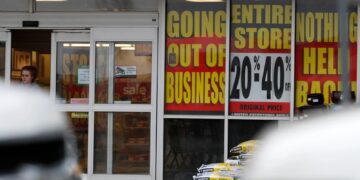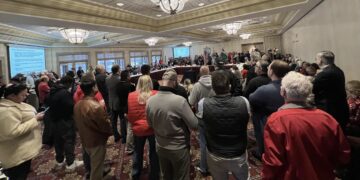At the beginning of the COVID-19 pandemic, some academics predicted a “baby boom,” as couples found themselves locked down with nothing to do. But those familiar with economics knew differently – and the data have now backed us up.
The coronavirus “baby boom” has turned into a “baby bust.” The CDC reported that U.S. births in the month of December 2020, nine months after the lockdowns began, fell by 8% compared with December 2019. The same pattern is seen in state-by-state results reviewed by the media. In places like Hawaii (30%), California (10%), Florida (8%), Ohio (7%), and Arizona (5%).
The impact will be enormous. The Brookings Institution has estimated 300,000 to 500,000 American babies will never be born due to the global pandemic. And there is no end in sight. The Max Planck Institute for Demographic Research forecasts that the baby bust will last until August – the longest streak of lowered fertility in 100 years, including the Great Depression and the 2008 recession.
The baby bust has made life harder for those who wish to adopt children. And it likely increased the number of abortions.
What brought this birth dearth on? Uncertainty and economic hardship.
More HERE







